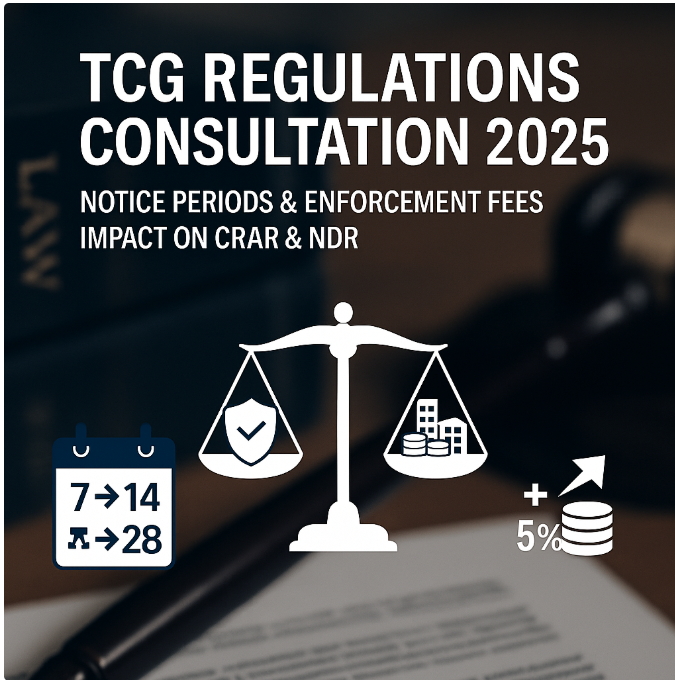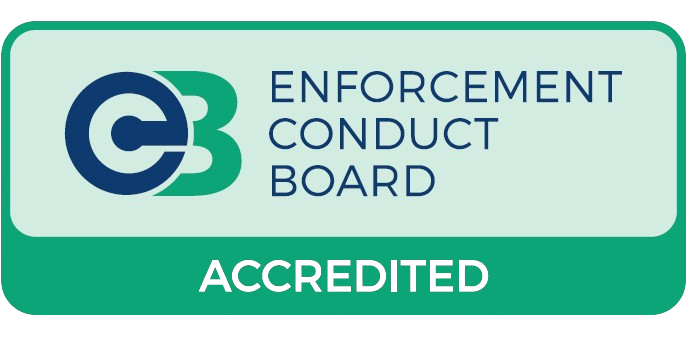NEWS and Updates
Excluded Occupier or AST? Why a Wrong Label Could Cost Landlords Fines or Prison

September 4, 2025
When it comes to regaining possession of a property, the law makes a sharp distinction.
- If the occupier is an excluded occupier — such as a lodger sharing with a resident landlord or someone in temporary housing provided by a local authority because they are deemed at risk of homelessness — then a court order is not usually required. Landlords can end the arrangement by giving reasonable notice and, once that notice expires, taking back possession.
- But if the occupier is a tenant under an Assured Shorthold Tenancy (AST), the rules are very different. Eviction requires a formal legal process: serving a Section 8 or Section 21 notice, obtaining a possession order from the court, and, if necessary, enforcing it through bailiffs. It is a lengthy, structured, and often expensive journey.
It is precisely because of this difference that some landlords are tempted to take shortcuts. By calling an arrangement a “licence to occupy,” or labelling an AST as an “excluded occupier agreement,” they hope to bypass the courts and speed up eviction. But the law isn’t fooled by labels — and landlords who try this risk severe consequences, including unlimited fines and up to two years in prison under the Protection from Eviction Act 1977.
Why Landlords Try the Loophole
It’s no secret why some landlords attempt to disguise tenancies as licences: evicting tenants under an AST is increasingly challenging and time-consuming. With the anticipated abolition of “no-fault” Section 21 notices and the forthcoming Renters’ Rights Bill set to strengthen tenant protections, landlords face growing frustration with non-paying tenants.
On paper, relabelling an arrangement as a licence, serving a simple notice, and changing the locks seems appealing. However, courts will scrutinize the arrangement’s reality, not its wording.
In Street v Mountford [1985] AC 809, the House of Lords established that the reality of the arrangement determines whether it is a tenancy, based on whether the occupier has exclusive possession.
This was reinforced in Antoniades v Villiers [1990] 1 AC 417, which clarified that agreements labelled as licences are still tenancies if the occupier has exclusive possession. Similarly, Aslan v Murphy [1990] 1 WLR 766 elaborated on the characteristics of tenancies versus licences, confirming that courts prioritise substance over form.
Excluded Occupiers: What the Law Says:
The Protection from Eviction Act 1977 excludes certain categories of occupier from its statutory safeguards. These typically include:
- Lodgers who share living accommodation with a resident landlord.
- People placed in temporary or interim housing by a local authority, such as those deemed to be at risk of homelessness.
- Holiday lets, rent-free arrangements, or accommodation tied to employment.
For excluded occupiers, eviction can usually be achieved without a court order, provided the landlord gives “reasonable notice” — often aligned to the rent period, such as one week or one month.
But landlords must tread carefully. Even where a court order isn’t strictly required, eviction must not stray into unlawful eviction or harassment, which is a criminal offence.
The penalties are severe:
- Unlimited fines.
- Up to two years’ imprisonment for the landlord or their agent. (Protection from Eviction Act 1977, s.1)
AST's: The Full Weight of Tenant Protection
By contrast, an AST grants full statutory rights. Where exclusive possession exists, landlords cannot simply “ask someone to leave.” Instead, they must:
- Serve a valid Section 8 or Section 21 notice.
- Apply for and obtain a possession order through the courts.
- If required, instruct bailiffs or High Court Enforcement Officers to enforce that order.
Shortcutting that process exposes landlords to both civil liability and criminal prosecution.
Real-World Consequences: When Landlords Get It Wrong
The dangers of misclassification are not theoretical.
- In R v Akhtar [2011] EWCA Crim 1870, a landlord was convicted after locking out a tenant he wrongly believed to be excluded. The Court of Appeal confirmed that ignorance of status is no defence.
- In Lewisham LBC v Malcolm [2008] UKHL 43, the House of Lords reaffirmed that eviction procedures must be followed rigorously.
- In 2020, a London landlord was fined over £20,000 for illegally evicting tenants and changing locks without a court order
The message is simple: landlords who gamble on faux licences can end up with fines, imprisonment, or both.
Our Approach: Empathy Before Enforcement
At UK Bailiff Services Ltd, we were one of the first — if not the first — enforcement companies in the UK to create a fully integrated process for evicting excluded occupiers. In the past three years, we have successfully carried out over 150 lawful evictions for local authorities and housing associations.
But what truly sets us apart is our approach. We work within the law, we keep pace with new legislation and precedent, and we refuse to rely on the “if we don’t get caught” mindset. And we never forget the human side of enforcement.
Most occupiers we are instructed to remove don’t want to leave. They are frightened, vulnerable, and often badly advised. Unlike some in the industry, we do not rely on bullying tactics or force. We employ empathetic, patient, and negotiatory skills.
One recent case shows this in action. Our agent attended to remove a tenant who had been properly served with a Notice to Quit. The man accepted he had to leave, but he had nowhere to go. The local authority refused to assist, claiming their duty had been discharged. Shelter wrongly told him he was not legally homeless — even though under housing law, he clearly was following service of an NTQ within 56 days.
It was our bailiff who made the calls. He phoned the local authority, Shelter, social services, and even the tenant’s own GP to ensure his case was understood. In that moment, the only person who truly listened to the tenant was the very bailiff tasked with his eviction.
This is what enforcement should look like: lawful, proportionate, and humane.
Why Bailiff Companies Must Exercise Judgment
At UK Bailiffs, we don’t just execute instructions blindly. We apply a reasonable burden of assessment to every instruction, and we have turned away cases where we were not satisfied that the occupier truly fell within the excluded category.
As enforcement agents, we operate under instruction and are indemnified. Landlords are not. If a landlord misjudges the situation, it is the landlord who risks prosecution, sanction, and financial ruin — not the enforcement agent.
Helping Landlords Avoid Missteps: Free Legal Tools
👉 Excluded Occupier Determination Tool
This free tool provides an initial indication of whether an occupier is likely to qualify as an excluded occupier or whether they may in fact hold an AST requiring full possession proceedings and an eviction order.
It is not a substitute for legal advice, but it gives landlords clarity before they take any step — or before instructing bailiffs.
Closing Thoughts
The temptation to game the system is strong, especially with the Renters’ Rights Bill set to make evictions even more challenging. But trying to disguise tenancies as licences is not a loophole — it’s a trap.
At UK Bailiffs, we’ve pioneered a lawful, integrated process for excluded occupier evictions. We’ve carried it out over 150 times for local authorities and housing associations. We’ve built one of the UK’s most comprehensive online resources on the subject. And most importantly, we’ve done it by working with the law — not against it.
Our approach is simple: enforce the law fairly, treat occupiers with dignity, and protect landlords from the risks of missteps. Because sometimes the only person who will truly listen to an occupier in crisis — is the bailiff at their door.






